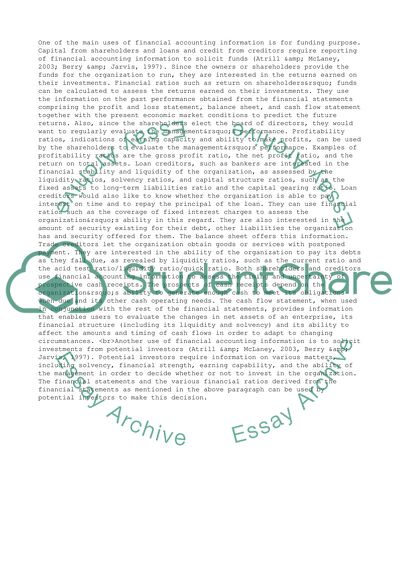Cite this document
(“Financial and Management Accounting information Essay”, n.d.)
Financial and Management Accounting information Essay. Retrieved from https://studentshare.org/business/1516805-financial-and-management-accounting-information
Financial and Management Accounting information Essay. Retrieved from https://studentshare.org/business/1516805-financial-and-management-accounting-information
(Financial and Management Accounting Information Essay)
Financial and Management Accounting Information Essay. https://studentshare.org/business/1516805-financial-and-management-accounting-information.
Financial and Management Accounting Information Essay. https://studentshare.org/business/1516805-financial-and-management-accounting-information.
“Financial and Management Accounting Information Essay”, n.d. https://studentshare.org/business/1516805-financial-and-management-accounting-information.


